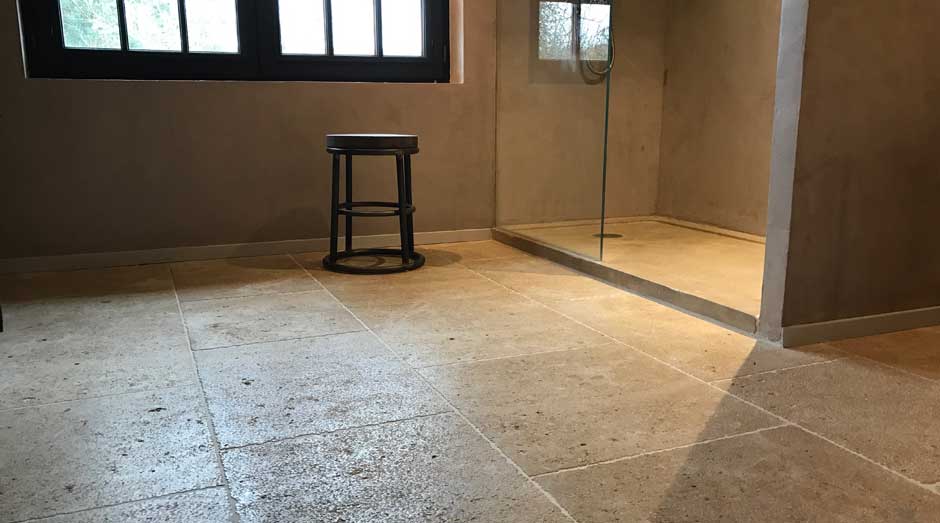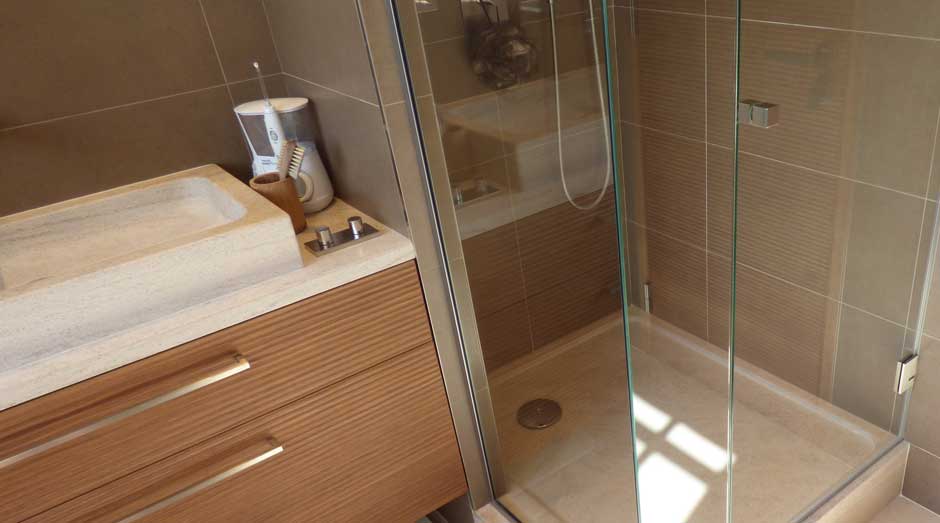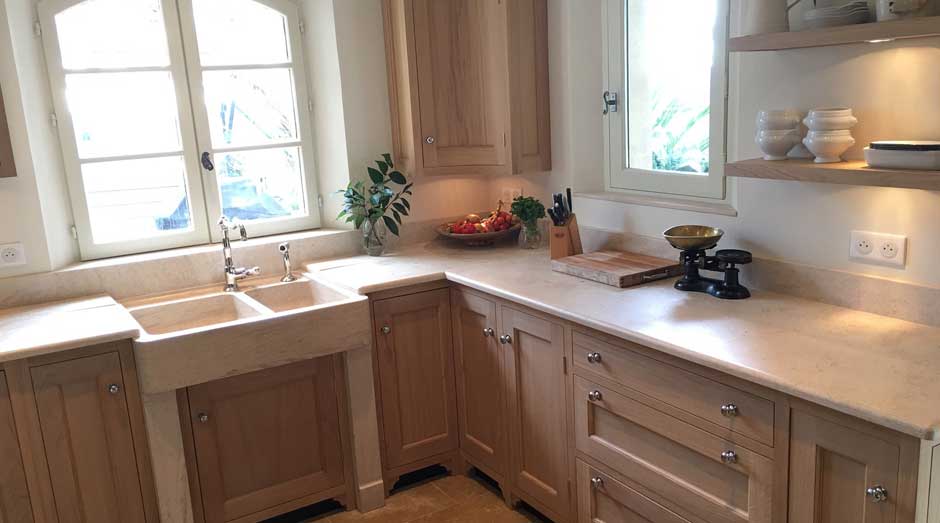The areas of frost in France: the questions that arise…
> Can I lay stone outdoors?
Yes of course, depending on the area you are in (for France see the map below) you can lay our Burgundy limestones outside.
> What are the conditions for laying Burgundy limestone outdoors?
1. The essential element for the installation of a paving or cobble stones to take into account is the slope necessary for the water drainage from your terrace. This slope shoud be at least 1% in the case of a free flow to a garden for example, and 1.5% for a flow to a closed yard with floor siphon allowing the evacuation of water.
For the durability of the work, there should be no water stagnation zone.
2. The second element to be taken into account: the support must be completely compliant with building regulations. No guarantee will be granted by insurance if the construction standards are not complied with.
3. Then the type of laying, the thickness and the size of the stones, the width of the joints, and possibly the frequency of expansion joints should be respected.
We advise you to refer to the Unified Technical Documents (UTC or DTU in french) articles 52.1 and 52.2 relative to the realisation of indoor and outdoor floors and especially the laying of natural stone paving. The UTC can be consulted in the town hall or with any architect or adviser.
In order to avoid any disappointment, we advise you to request the technical data sheet of the natural stone that you buy, it contains the information that will indicate if it is compatible with outdoor applications.
> How do you define if a stone is subject to freezing damage ?
Representative samples of natural stones are provided to a private laboratory which conducts tests of successive freeze and thaw cycles according to a precise specification.
The laboratory then establishes records which indicate the number of freeze/thaw cycles applied to the stone and its alteration where appropriate.
A stone subjected to 244 cycles of frost/thaw without alteration can be laid in severe frost zone.
A stone subjected to 170 cycles of frost/thaw without alteration can be laid in a moderate frost zone.
A stone subjected to 144 cycles of frost/thaw without alteration can be laid in low to moderate frost zone.
> Is a porous stone necessarily one that freezes ?
There is no obligatory relationship between the porosity and the frost resistance oft the stone. It may seem paradoxical, but a stone can be very porous and non freezing… and vice versa.
Corton Burgundy limestone is a representative illustration : its porosity is 1% and yet it is subject to freeze damage.
Another special case: Comblanchien Burgundy stone, porosity 1%, can be laid in a zone of severe frost with adhesive fixing or laying on slab of mortar, but when laid on pedestals under certain conditions the frost could damage it.
> Map of France Frost zones

Very low Frost zone : no more than two days reaching a temperature below-3 ° C
Low Frost zone : no more than four days reaching a temperature below-6 ° C
Moderate Frost zone : no more than ten days reaching a temperature below-10 ° C
Severe frost zone: more than ten days reaching a temperature below-10 ° C





















 Back to top
Back to top 

